Fan power and the role of spectators in modern football is becoming the subject of an increased level of debate with the game’s ever-increasing tendency towards corporate and capitalistic ways of doing things.
While this particular stream of consciousness will be centred around the role that ultras and specifically the Curva Sud play in the fabric of Italian football, we must start from a particular assertion: fans are stakeholders in the game of football.
There are some cases where this is literal, such as the Bundesliga’s 50+1 rule and the fact that around 40 clubs in the football pyramid are owned by supporters in English football, but in a more macro sense it refers to the fact that the voice of the fan does – and should – mean something.
Perhaps the most high-profile example of fan pressure influencing a major outcome was the European Super League project of two years ago.
It was back in April 2021 that 12 ‘elite’ European clubs decided they were no longer happy with how UEFA run things and thus opted to break off and form their own version of the Champions League.
Milan, Juventus and Inter were all involved from Italy as were Real Madrid, Barcelona and Atletico Madrid from Spain. Premier League sides Arsenal, Chelsea, Liverpool, Manchester City, Manchester United and Spurs were the other six. However, they nearly all pulled out within 48 hours with the exception of Real, Barca and Juve.
There have been several rumours suggesting that the project might be revived, but ultimately there was pressure from all angles within a 48-hour window that caused nine of the 12 clubs to back down.
When we talk about the power that supporters have in Italy, there are two ends of the spectrum even when it comes to our beloved AC Milan and the Curva Sud.
One the one hand there was the Federico Dimarco incident from late last season.
Some Milan supporters took exception to the fact that the full-back chose to mock and taunt Milan after the full-time whistle, as he grabbed the microphone and started a chant that includes references to violence which even Inter’s Curva Nord do not sing any more.
A banner was unveiled near his home with a rather obvious threat, and Dimarco published a story on his social media apologising for his actions.
This apology was then accepted by the group, but their conduct (and Dimarco’s admittedly) drew some frowns from those who do not understand the honour of the Ultras culture and unwritten rules that they expect to be protected.
On the other end of the spectrum, the Curva showed the positive influence they are able to have back in May. The group were not present at the away game against Juventus as they were protesting against the high ticket prices (more on that to come), but they instead helped flood victims.
With a story on their Instagram profile, the Curva Sud Milano provided some instructions for anyone wishing to help the victims of the severe floods in Emilia-Romagna in any way that they possibly can, including by donating supplies.
The group packed into minibuses and went to help with manpower and tools, making a genuine difference to those in need while simultaneously making a statement against their rivals.
Then there was the incident that spread Europe-wide – even infiltrating the press in England – which came after the game against Spezia.
After draws against Salernitana, Empoli and Cremonese, it seemed as though the 2-0 defeat to an 18th-placed side was the straw that broke the camel’s back for the leaders of the Curva.
The leaders chose to make their thoughts known at the end of the game as they called the team over and had a discussion with them. Sources close to the event insist it was not a heated confrontation, but more of a clear reminder of what they expect from those who pull on the red and black shirt.
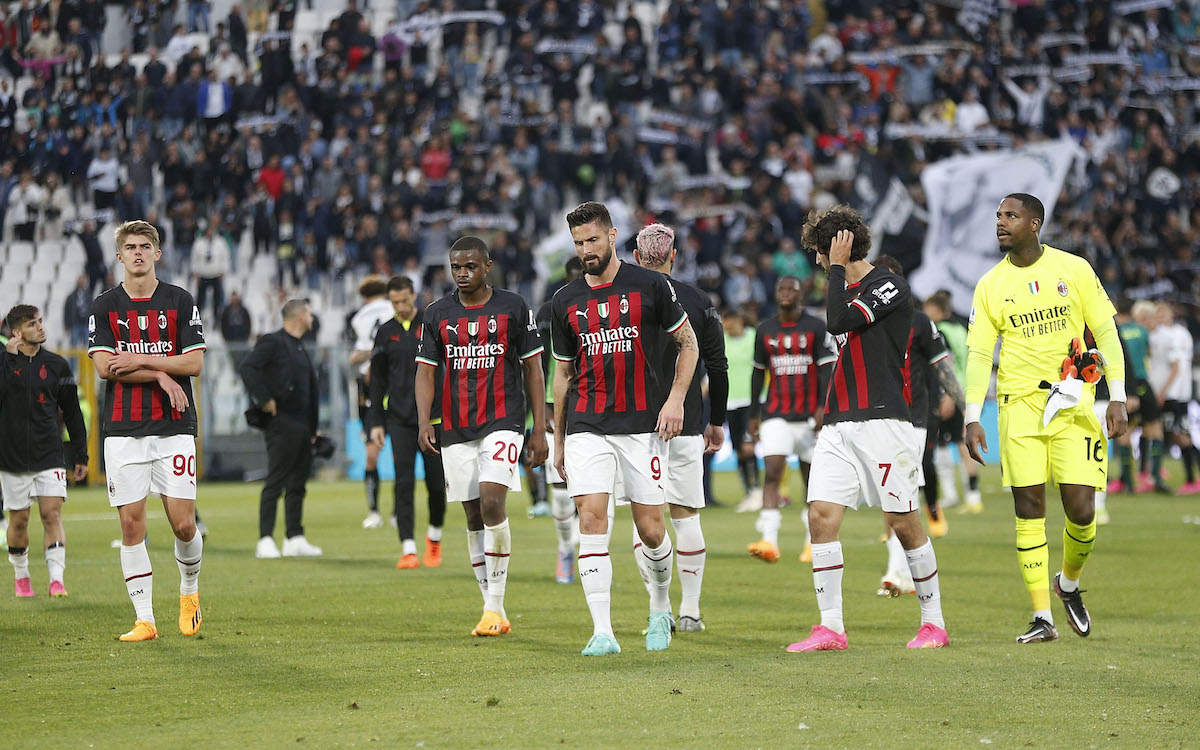
In the hours that followed, the line continued to be peddled that the ultras were not going for an intimidatory impact but rather an encouraging one, so much so that they arrived at Milanello for the next training session to cheer on the team and receive praise from certain players too.
Then we return to the ticket price issue. Back in 2021 – just prior to Milan’s long-awaited return to the Champions League – the club announced the pricing strategy for home games in the competition.
There was a lot of backlash, but the club initially justified the prices by claiming that they are in line with the international market.
Nonetheless, the big price hike was clear for all to see. For a ticket in the Curva Sud it was going to cost €119, for the first tier they were set to move from €139 to €200, for the third ring from €69 to €89, and the highest price was €490.
As a comparison, a ticket for the Lazio game just before the prices came out ranged from €19 in the third tier to €94 for the best possible seats.
Comparing with Inter, their game against Real Madrid cost €48 in the Curva Nord – less than half compared to Milan’s prices – and this caused the Curva Sud and the Milan Club Association to invite the club to reconsider.
Exactly three months ago, the Curva Sud published a statement reacting to Paolo Maldini’s sacking. When many expected them to take the side of a club legend – albeit one they have a turbulent past with – over a new American ownership, they didn’t exactly do that.

Instead, the leaders decided to thank Maldini for his service to Milan as a player and as a director but they understood that difficult decisions have to be made. You can read the full statement here, but below is a telling extract.
“We don’t go into the merits of corporate choices, it’s not up to us to make assessments on the work of managers, coaches and players. We expressed our thoughts clearly with a banner on the last day of the season: SOCIETY: WE WANT THE LEAP IN QUALITY!”
Then, we come to what sparked this. Milan revealed their third kit last month and it is certainly a bold number, with a purple, pink and green gradient effect running down the front of it. The official website writes that the kit colour combination celebrates the culture of inclusivity and diversity.
However, one of the things that has drawn the attention of some fans is the use of blue in some of the clothing line associated with the new kit, given that it is of course the main colour of city rivals Inter.
The Curva Sud criticised the club and PUMA for the inclusion of blue in some of the warm-up shirts/jackets that will be used, urging them to address it in a statement on Instagram, and sure enough within hours it had been taken down.
With just some recent incidents touched upon, the reader might be wondering what the point is. Well, when some pressure is exerted by the Curva – through written statements or through actions – they are listened to.
The Super League project was abandoned before it had even got going (thanks to Europe-wide pressure too), the project to help flood victims went ahead, the then-CEO Ivan Gazidis decided to re-evaluate the Champions League ticket prices and Milan made 10 signings after Maldini and Sandro Tonali’s exits.
The bottom line is that the voice of ultras means something. It is difficult to escape the reputation and the image that ultras in Italy have, but it comes from a position of power and that influence must be harnessed the right way.
Nobody can doubt the commitment and dedication of the Curva Sud and everything they add to the club with their incredible tifos and their vocal support from the stands for 90 minutes, even in the tough times.
Given some of the amazing displays that the Curva already have in their catalogue from the derby clashes over the years, it is no surprise to learn of the sheer manpower that is involved in producing these displays.
We heard first hand from a member that one hundred people generally go into the stadium the morning before big home games to set up the choreography which can take up three tiers, with those fans also working around the clock to design and paint them in the build-up too.
With such levels of passion comes influence, and with influence comes responsibility. The Curva Sud have regularly spoken out on behalf of the working fan to protect something they see as sacred, the concept of football for all.
This is why the power must be diverted in the correct ways, because in Italy something exists with ultras culture that is near enough irreplaceable around Europe barring the exception of a few countries.
Make it something to celebrate, all the time, and never something to be ashamed of.



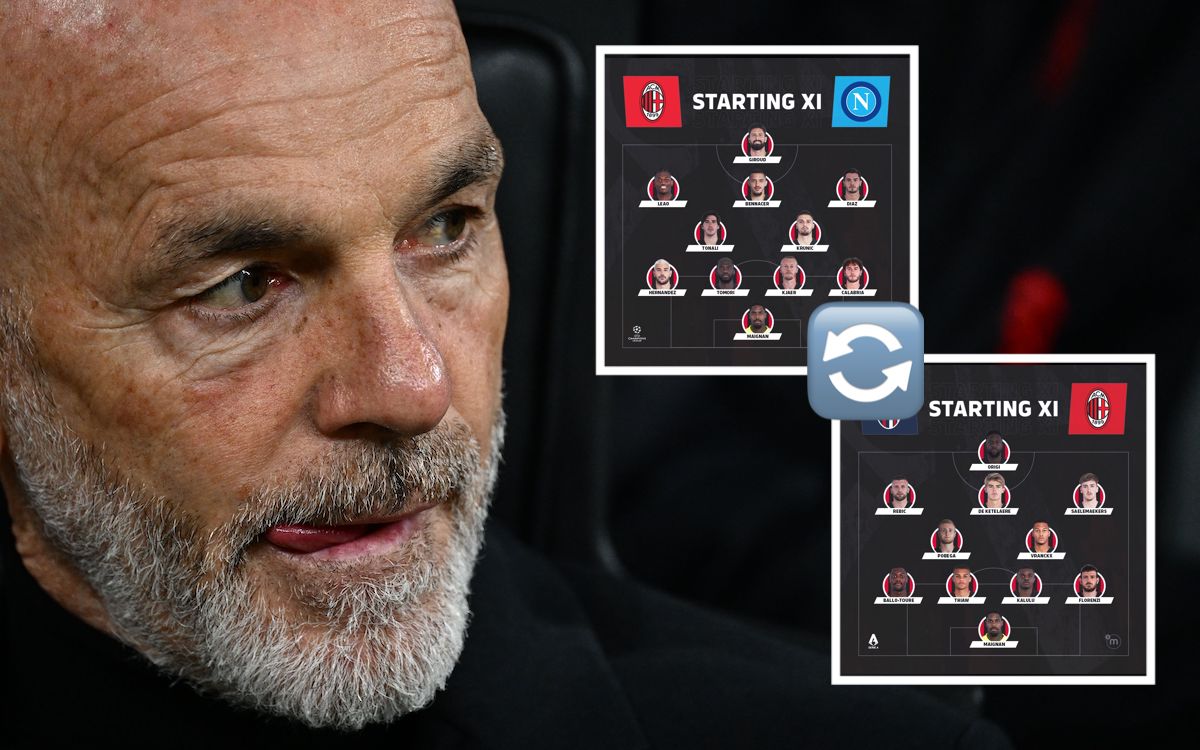
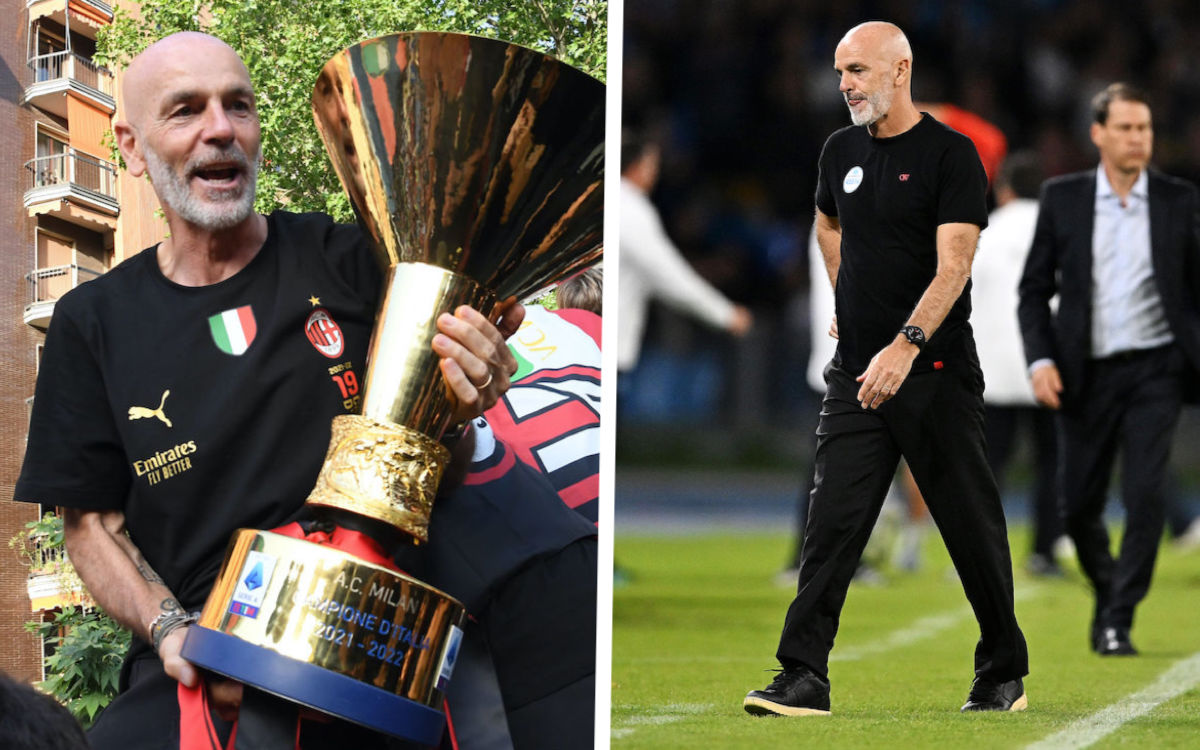
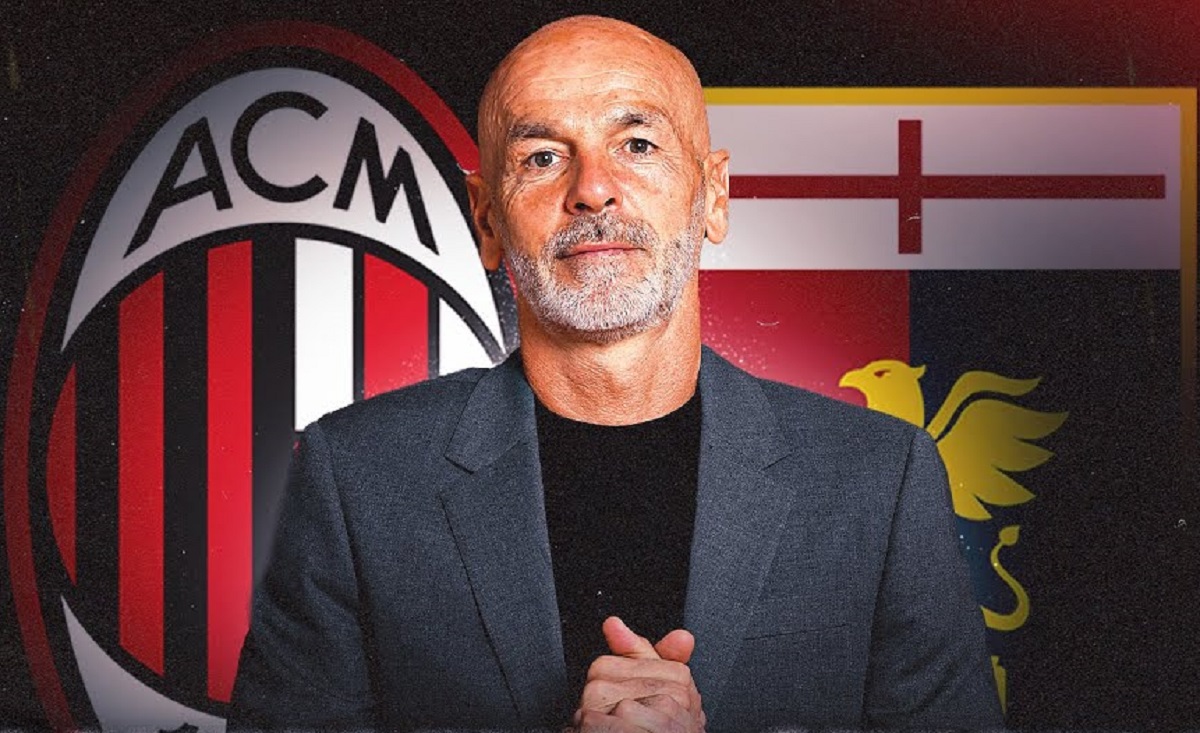
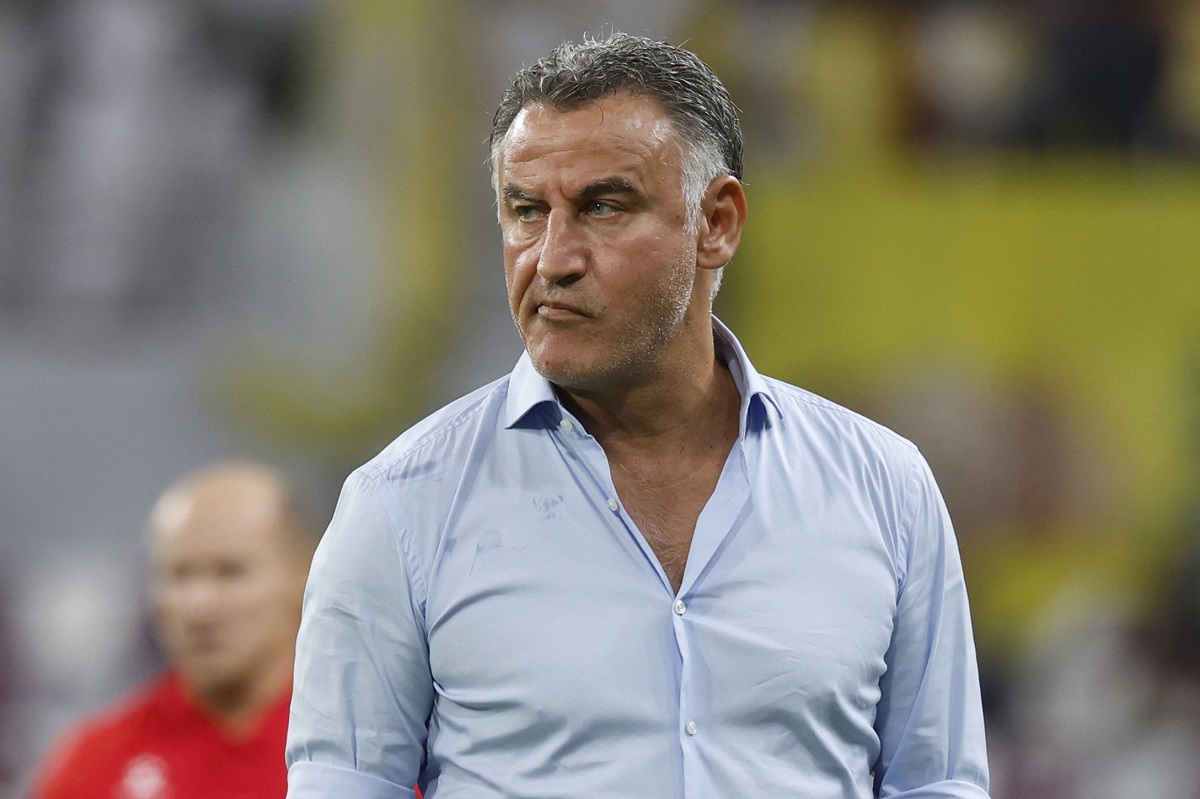
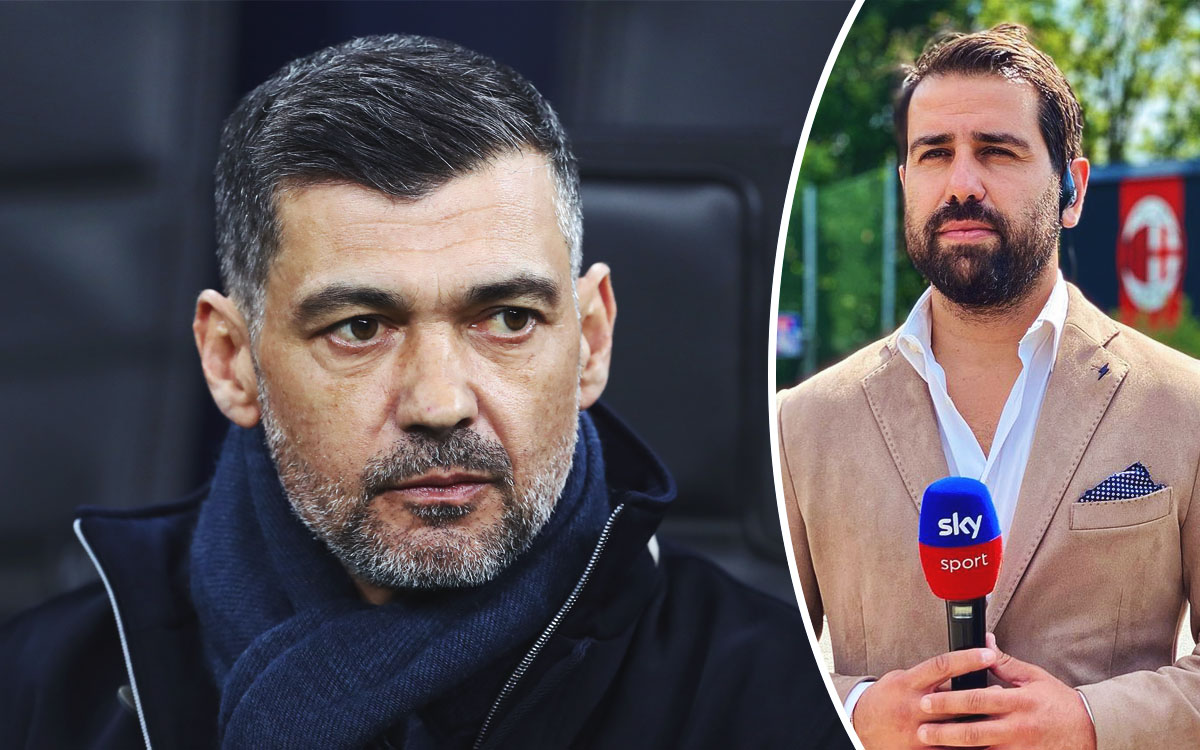
“The official website writes that the kit colour combination celebrates the culture of inclusivity and diversity.” 🤮 🤮🤮
Ah yes, exclusion and monotony for you then I take it?
No, tradition and culture. Politics and peoples intimate choices of belonging should have nothing with it.
We agree!
No I’m just not down with cultural fascism.
I don’t see orange there. And there is no red except in the logo and no yellow except in the scudetto star.
What is the problem Dejo? Can’t take a bit of purple?
Curva sud is praising themselves lol. Entire post is written by Curva Sud. They are looking more like politicians since recently.
U just shut up and give respect to curvasud!
Ooops… Another 🤡 exposed himself
Ultra culture certainly has its moments and I’m glad it exists overall but boy does it feel like a bunch of grown adults taking things way too seriously sometimes. I have a season ticket at a lower division English club, stand at the back of the stands with the drums etc but that’s plenty enough for me.
Personally, when they do something at a coach or player’s home (Milan player or not), they’ve crossed a line; they should never do anything threatening where the partner or children are living, it’s just not right IMO.
A little too self important I think. They are just fans after all. I don’t think they should ever have the authority to call the players over and yell at them. Make your banners, cheer for the team (or don’t), and shut the F up. And try not look so much like nazis. That may help.
They’ve mostly idiots and easily played by the club, agents and the media.
I mean they get more annoyed about third kit than sacking a legend who had helped actually turned the club around and deliver a Scudetto.
The same legend they had a turbulent relationship because after all the actual trophies he won for them they felt slighted when he called them out for bad behaviour like against Parma and after the team came back from the 2005 Champions League.
Actual winning doesn’t seem to matter to these people as it doesn’t seem to matter to many modern fans, and in fact they’re a hindrance to actual winning with their endless demands for changes that make long term success impossible.
This summer should’ve caused outrage as the directors dismantled an actual league winning side. But instead these idiots celebrated and then got annoyed about a third kit.
If things don’t work out because of all the turnover they’ll then turn on the manager and the players and demand more change, and the cycle will begin again.
They don’t even seem to notice that the only thing that’s left at the club is the name. They just support some empty shell with a revolving door of players behind it. Players they cheer for today could be playing for inter tomorrow. Like our three former players who currently play for inter.
U are an idiot
Well one of us. It remains to be seen who.
He is from Curva Sud, pointless to argue with brainless zombies. If you give them money, they are ready to support even Inter
Apart from top leaders who are nothing but petty gangsters, many or most of these are bluecollar folks, working class people. They work their asses of to buy tickets, merchandise etc., to go and watch someone play with the ball and earn in a year what many can only dream in a lifetime.
Club sold 42.000 season tickets, you know how much money that is for club’s coffers? It’s game over wihtout fans. And so yes, fans play the biggest roles in football.